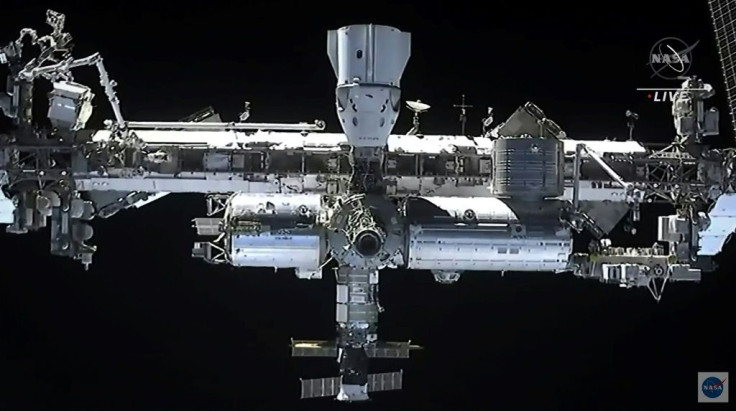NASA's 'Space Garden' Allows Astronauts To Grow Plants On ISS
KEY POINTS
- Fresh supplies of leafy greens are still being enjoyed by astronauts while in space
- Astronaut Michael Hopkins successfully pollinated a pak choi plant on the ISS using a small paintbrush
- The Vegetable Production System on the ISS allows NASA to study plant growth and processes in microgravity
Astronauts aboard the International Space Station still enjoy their share of fresh leafy greens even while in space, thanks to NASA's efforts in cultivating a space garden.
Expedition 64 crew member Michael Hopkins was recently able to grow space crops on the ISS within a period of 64 days as part of the space agency's experiments on plants. With the help of a small paintbrush, the astronaut was able to pollinate one of the crops called "Extra Dwarf" pak choi. The plant grew for so long that it eventually flowered, NASA said in a report Tuesday.
"I wasn’t at all surprised that he chose this route to make sure the plants were fully pollinated because he has always wanted to be very involved,” said Matt Romeyn, a space crop production project scientist and science lead on the experiments. “After he used the paintbrush, we saw a high seed production rate.”
Hopkins' successful attempt at growing plants in space isn't the first, however. Back in 2016, astronaut Scott Kelly was able to nurse a dying zinnia plant back to health on the ISS, according to NASA.
#SpaceFlower out in the sun for the first time! #YearInSpace pic.twitter.com/Cghu9XGv1J
— Scott Kelly (@StationCDRKelly) January 17, 2016
Nevertheless, Hopkins' experimentations offer scientists more information on how plants grow and behave in microgravity. This small success will aid the space agency's future endeavors, including missions headed far beyond Earth and the moon.
“That’s mission accomplished for us right there … doing sustained crop production on the station is an important demonstration for later missions beyond low-Earth orbit,” Romeyn said.
“The crew is enjoying growing them, they’re enjoying eating them, and these are the exact kind of crops we can send on a long-duration lunar stay to provide supplemental nutrition. Everything we learn on station and the Moon will eventually enable doing this en route to Mars someday,” he added.
Hopkins' and Kelly's space gardening endeavors are only two of the many other experiments that fall under NASA's program called the Vegetable Production System. Otherwise known as Veggie, it is a garden residing on the ISS that aims to help NASA study more about plant growth and processes in microgravity.
Veggie also allows astronauts to enjoy fresh food that they could incorporate into their meals. To date, the system has been able to grow a variety of plants, including zinnia flowers, Chinese cabbage and even three types of lettuce.

© Copyright IBTimes 2025. All rights reserved.





















